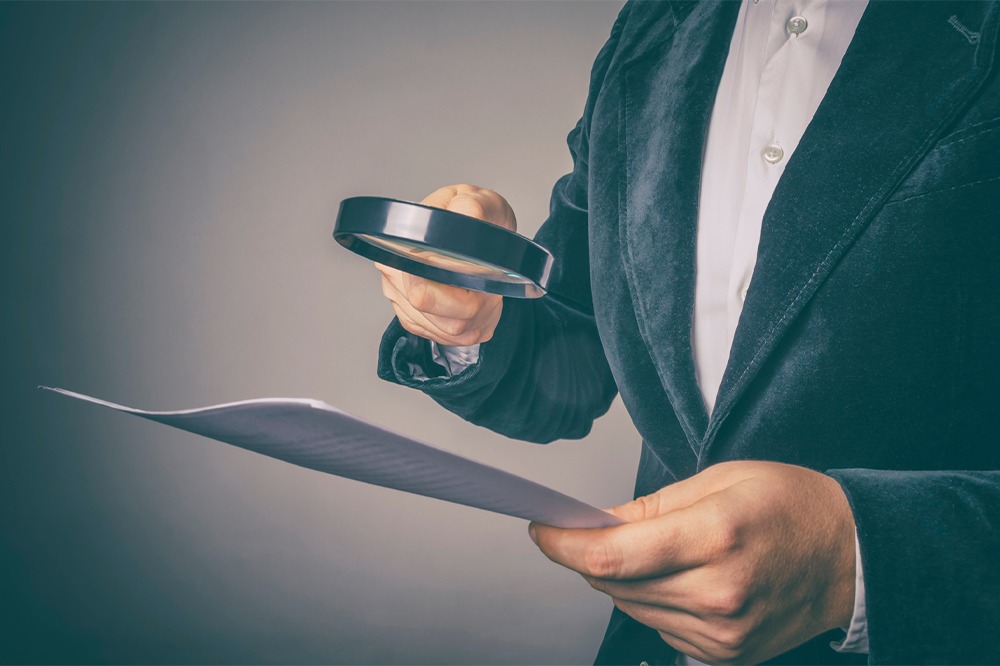Accounting

Forensic Audit under the Insolvency and Bankruptcy Code 2016
Forensic Audit under the Insolvency and Bankruptcy Code 2016 The Insolvency and Bankruptcy Code, 2016…

Forensic Audit under the Insolvency and Bankruptcy Code 2016
Forensic Audit under the Insolvency and Bankruptcy Code 2016 The Insolvency and Bankruptcy Code, 2016…